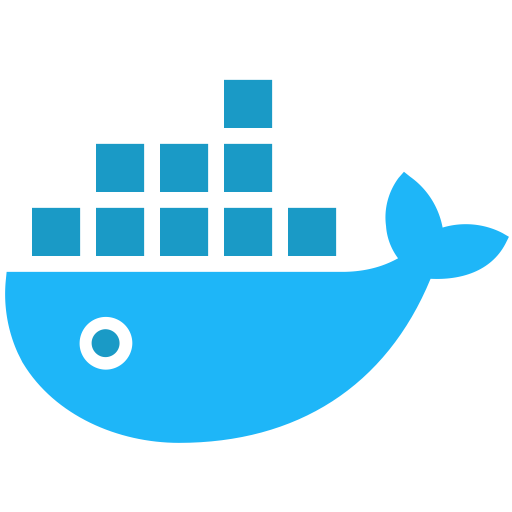Docker has transformed the way developers build, ship, and run applications. With Docker, each project exists in its own isolated container, so you can build websites and applications that function flawlessly across different operating systems and server environments. At Kamatera, we have created the perfect cloud environment for your Docker containers, offering unparalleled flexibility, scalability, and performance
Try us and see why developers worldwide trust Kamatera to host their Docker containers. With 99.95% guaranteed uptime and 24/7 tech support, you’ll experience unprecedented speed, reliability, and efficiency.


Why choose Kamatera to host your Docker containers?



Price Calculator
Data Centers Around the Globe

Frequently Asked Questions
The Linux system requirements for deploying Docker are as follows. For Mac and Windows requirements, see the Docker documentation.
64-bit kernel and CPU support for virtualization.
KVM virtualization support. Follow the KVM virtualization support instructions to check if the KVM kernel modules are enabled and how to provide access to the KVM device.
QEMU must be version 5.2 or later. We recommend upgrading to the latest version.
systemd init system.
Gnome, KDE, or MATE Desktop environment.
For many Linux distros, the Gnome environment does not support tray icons. To add support for tray icons, you need to install a Gnome extension.
At least 4 GB of RAM.
Enable configuring ID mapping in user namespaces.
Recommended: Initialize pass for credentials management.
Docker, a platform that allows you to package applications into “containers,” has become a popular option in software development and deployment, with a wide range of use cases. Here are some of the most prevalent:
Developing and testing applications
Deploying microservices
Running legacy applications
Creating continuous integration and continuous delivery (CI/CD) pipelines
Managing workloads in the cloud
Create sandboxed environments for running untrusted code
Docker is a widely used platform for containerization, but there are several alternatives:
Podman, Buildah, Rkt (pronounced “rocket”), LXD (Linux Containers Daemon), Containerd, CRI-O (Container Runtime Interface for OpenShift), and Singularity.
Docker does not use a query language in the traditional sense. Docker provides a command-line interface (CLI) that allows users to interact with the Docker Engine, the core component responsible for building, running, and managing containers. Instead of a query language, Docker commands are used to perform various actions and queries related to containerized applications.
Here are some common Docker commands:
docker run: Used to run a command in a new container.
docker ps: Lists the running containers.
docker images: Lists the available images on the local machine.
docker build: Builds a Docker image from a Dockerfile.
docker exec: Runs a command in a running container.
Docker-compose: Manages multi-container applications using a YAML file to define services, networks, and volumes.
Yes! Here are step-by-step installation instructions.
We have easy-to-follow instructions using the official Docker repository and apt.
Yes, but it’s not included in the default Docker installation. Here’s how to install it on Ubuntu 22.04.
You can scale by adding more resources or deploying across multiple servers. Kubernetes and Docker Compose are supported.
We support bridge, host, and overlay networks, and you have full root access for custom setups.
Yes, our support team is available 24/7 for assistance.

















